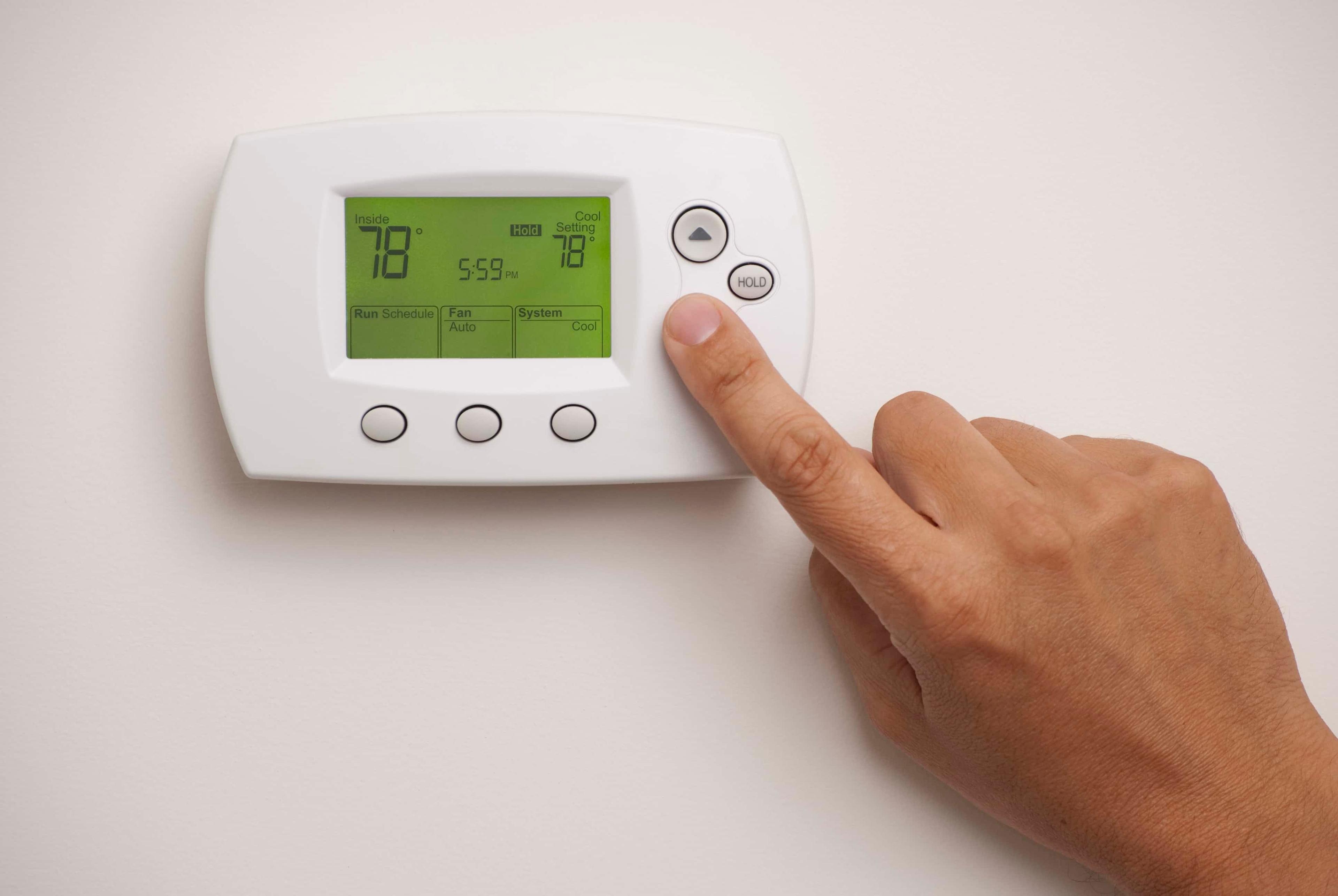
With the latest Census numbers showing poverty on the rise only among adults age 65 and older,1 there has never been a more important time to draw attention to the problem of debt among older adults.
NCOA President and CEO Ramsey Alwin sat down with RRF Foundation for Aging President Mary O’Donnell to talk about the recent call to action on older adult debt and how we can address the problem.
Ramsey Alwin: Why should advocates for older adults be especially concerned about debt?
Mary O'Donnell: Older adults are the only group for whom poverty is increasing, as we just saw from the recent U.S. Census report. And if you take a look at the Elder Index, a very useful and illuminating tool you and I have been talking about for years, there’s a clear cause for alarm. Older adults simply are not able to make ends meet. Among our nation’s older adults, debt is a significant contributor to economic insecurity. Partnering on initiatives like NCOA’s Equity in Aging Collaborative, which focus on elevating the use of the Elder Index more widely, are essential to taking action around older adult debt.
In addition, advocates have an opportunity to push for policies that address this issue, such as fixing inequities in debt collection and changing rules around student loan defaults. We need to make sure our most outspoken advocates are educated about the issue.
There is a real urgency to this issue. Those with debt are less likely to financially manage sudden economic changes, such as a health crisis or death of a spouse. Given the recent effects of inflation, the volatile market, and the catastrophic storms that have decimated homes, those already feeling the burden of debt will have an especially hard time.
Alwin: What are the main areas of high-risk debt for older adults?
O’Donnell: That’s a great question because not all debt is bad debt. Mortgage debt, for example, is considered low risk because it builds assets. High risk debt strips assets and income away.
More older adults are still paying down mortgages today than in the past. But ironically, that means home ownership is contributing to debt rather than to assets for many older adults as they use their home equity to cover property taxes, home repairs, and other housing costs they can no longer afford to pay. We know many older adults are having to resort to using home equity to cover basic needs. Other types of debt considered high risk includes credit card debt, medical debt, and student loan debt.
Surprisingly, older people are the fastest growing group of student debtors and the most likely to default on the debt. This is both the older person’s debt as well as the debt the individual takes on to support higher education for children and grandchildren. Other types of high-risk debt, credit card debt and medical debt, are also prevalent.
Alwin: Among older adults, who is most affected by debt?
O’Donnell: Decades of discriminatory laws and predatory lending practices have taken a heavy toll on specific populations and communities. People of color, LGBTQ+ individuals, and immigrants are least likely to have access to affordable credit. Black and Hispanic households are more likely to be living with debt and tend to have a higher amount of debt related to their assets than white families. Of the 4.5 million older adults who have past-due medical bills, they are more likely to be low-income, be uninsured, and be people of color. Black older adults hold student loan debt at a rate triple that of white older adults.
Alwin: How do we address the impact of debt on older adults?
O’Donnell: We simply must pull together and advocate for policies and practices that support older adults. That is why RRF Foundation for Aging has issued our call to action on older adult debt. We want to be partnering with organizations that are looking at innovative ways to address debt. Policy reform is especially important, but we also want to encourage more research in this area and the development and intervention of new programs that are replicable and scalable. We can all work together to identify best practices and spread the word to older adults about ways they can protect themselves against incurring debt.
Sources
1. U.S. Census Bureau. Poverty in the United States: 2021. Sept. 13, 2022. Found on the internet at https://www.census.gov/data/tables/2022/demo/income-poverty/p60-277.html



